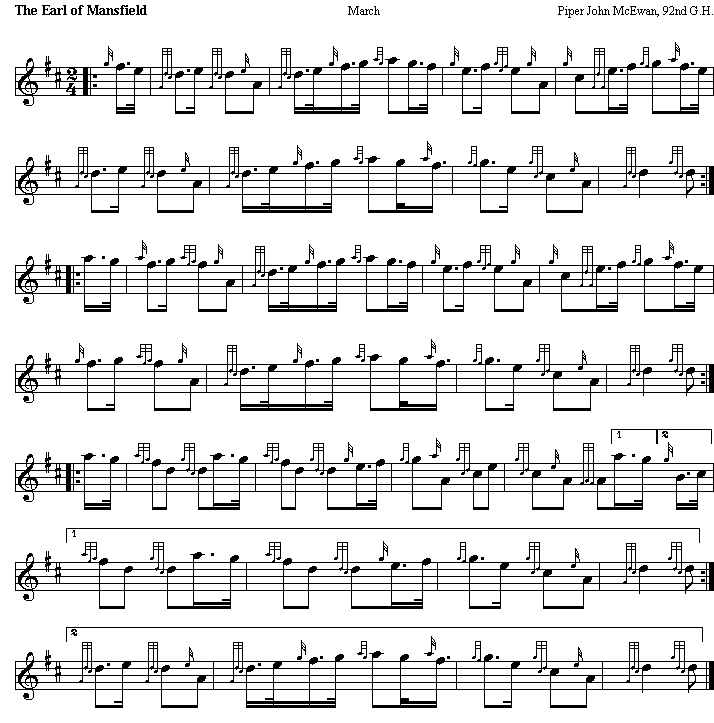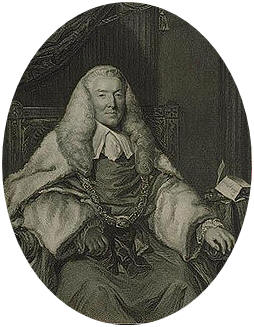Lord Mansfield was childless and on his death in 1793 the barony became extinct. He was succeeded in the 1776 earldom according to the special remainder by his niece Louisa, the second Countess, and in the 1792 earldom according to the special remainder by his nephew Lord Stormont, who became the second Earl. The latter was a noted politician in his own right and served as Lord Justice General, Secretary of State for the Northern Department and Lord President of the Council. He was succeeded by his and the Countess of Mansfield's son, the third Earl. He was Lord Lieutenant of Clackmannanshire. On his death the titles passed to his son, the fourth Earl. He was a Tory politician and served as a Lord of the Treasury from 1834 to 1835 in the first administration of Sir Robert Peel. In 1843 he succeeded his grandmother the Countess of Mansfield (who had outlived her husband by forty-seven years) and became the third Earl of Mansfield of the 1776 creation as well.
He was succeeded by his grandson, the fifth Earl. He was the eldest son of William David Murray, Viscount Stormont. He died unmarried and was succeeded by his younger brother, the sixth Earl. His son, the seventh Earl, represented Perth in the House of Commons and served as Lord Lieutenant of Perthshire. As of 2009 the titles are held by his only son, the seventh Earl of Mansfield of the 1792 creation and the sixth Earl of Mansfield of the 1776 creation. He is also the fourteenth Viscount Stormont, the fourteenth Lord Scone and the twelfth Lord Balvaird. He also holds the titles of Earl of Dunbar, Viscount of Drumcairn and Lord Halldykes in the Jacobite peerage (see the Viscount Stormont for the background to these titles). Lord Mansfield held office in the Conservative government of Margaret Thatcher as a Minister of State at the Scottish Office from 1979 to 1983 and at the Northern Ireland Office from 1983 to 1984.
The family seat is Scone Palace in Perthshire.
The tune was composed by John McEwan, a piper with the 92nd Gordon Highlanders. The 92nd Regiment of Foot was granted Royal Warrant on February 10 1794, and first paraded on 24 June 1794, originally being numbered the 100th Regiment of Foot. It was amalgamated with the 75th Regiment of Foot to form the Gordon Highlanders during the Childers Reforms in 1881.



